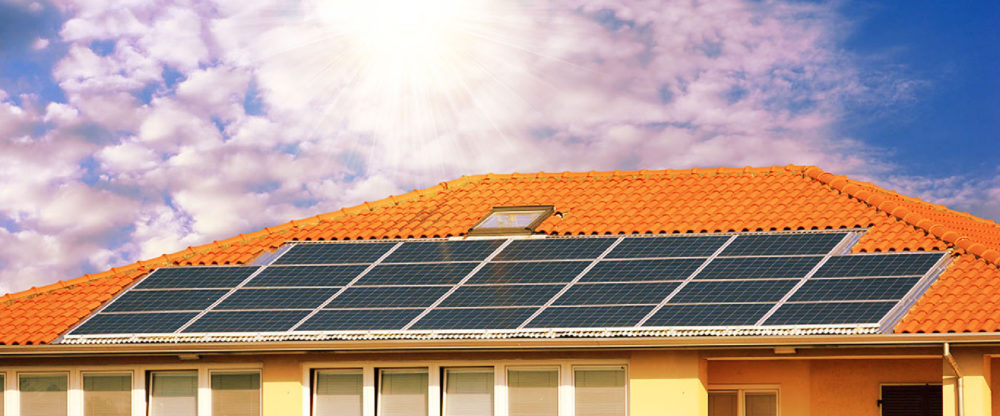Commitments to renewable energy are a great start — what comes next?

https://www.greenbiz.com/article/commitments-renewable-energy-are-great-start-what-comes-next
In the past five years, private energy buyers have made significant commitments to reaching 100 percent renewable energy and have voluntarily brought about 14.2 gigawatts (GW) of renewable energy into the electricity market.
However, managing how this renewable energy enters our electricity markets and truly meets a 100 percent commitment to renewable energy remains a challenge. To maximize these renewable energy commitments and ensure that they are contributing to decarbonizing the electricity grid, we are entering a new era of collaboration, in which utilities will need to play an important role.
Where we are and the frontier beyond
Where we add new renewable energy matters. Are we adding new projects where they add the most value to the grid? How are we optimizing how renewable energy is integrated into the grid to meet a 100 percent RE goal? Are we relying on traditional “baseload” plants for integration or can we explore even more cost-effective solutions that also help reduce greenhouse gas emissions (GHGs)?
Although the continued pursuit and deployment of wind and solar will remain a cornerstone of driving towards a clean energy future, the impact of these projects can be maximized by considering other relevant technologies in a portfolio approach to allow for a holistic energy solution.
For example, electric vehicles, large batteries and demand response strategies, etc., all have the potential for providing a high-value contribution to achieving net GHG emission reductions, while maintaining reliability, grid efficiency and affordability for all.
We should prioritize new metrics that recognize the impact of innovative holistic approaches that achieve greater carbon emissions reductions on the overall electric grid.
This balance — meeting customer clean energy goals with solutions that deliver cleaner, reliable and low-cost power for all — is key to successfully moving forward.
Exploring new utility solutions
Utilities can be important partners at this new frontier of energy solutions and can help advance solutions in a number of ways, including:
Collaborating with customers to identify opportunities to retire existing power plants faster.
Integrating customer energy efficiency and renewable energy goals into their long-term plans and strategies. For example, Georgia Power’s Commercial & Industrial (C&I) REDI green tariff has enabled the utility to integrate C&I demand for renewable energy directly into its system-wide integrated resource plan (IRP). This not only brings new renewable energy to the grid but does it cost-effectively, without negatively impacting the costs of any other customers.
Integrating clean energy resources at the electric utility resource base. Consider that Mid-American Energy has committed to sourcing 100 percent of its customers’ electricity needs from renewables. The utility is building renewable energy projects where it makes the most sense on their system and retiring the associated renewable energy certificates on behalf of all customers. This allows all customers to use their local grid to meet renewable goals. Xcel Energy is working on a similar approach.
Designing solutions that take a portfolio approach to recognize and monetize various grid resources. For example, a potential approach could be using electric vehicles (EV) as grid resources. With proper management, EV charging and storage can improve grid efficiency, reduce electric rates and increase reliability for all, providing high value to the grid through energy load management, etc.
Working together towards a carbon-free future
Utilities and customers must continue collaborating to expand the scope of utility solutions and achieve the reduced carbon emissions from our electricity market that customers so clearly demand. In doing so, they must clearly communicate their respective sustainability and clean energy goals with each other early in their goal setting and procurement process, with the intention of collaborating and connecting often.
We also must reconsider how we define leadership, going beyond the term “additionality,” which broadly refers to the quality of having brought new renewable generation to the grid, and begin to consider and value the many ways customers positively can drive impact in their communities and beyond.
At a broader level, the community of stakeholders — consumers of corporate products, city residents, investors and non-governmental organizations who evaluate voluntary purchasing action — should prioritize metrics that support this broader definition of leadership and advances the new frontier of utility solutions. This ideal metrics framework would recognize the overall impact of innovative holistic approaches that achieve greater carbon emissions reductions at the overall electric grid level and go beyond the amount of renewable energy procured by an individual actor.
Only through continued customer-utility collaboration, innovation and a framework that recognizes the benefit of holistic energy solutions can we elevate and strengthen the transition to a decarbonized electricity grid.


